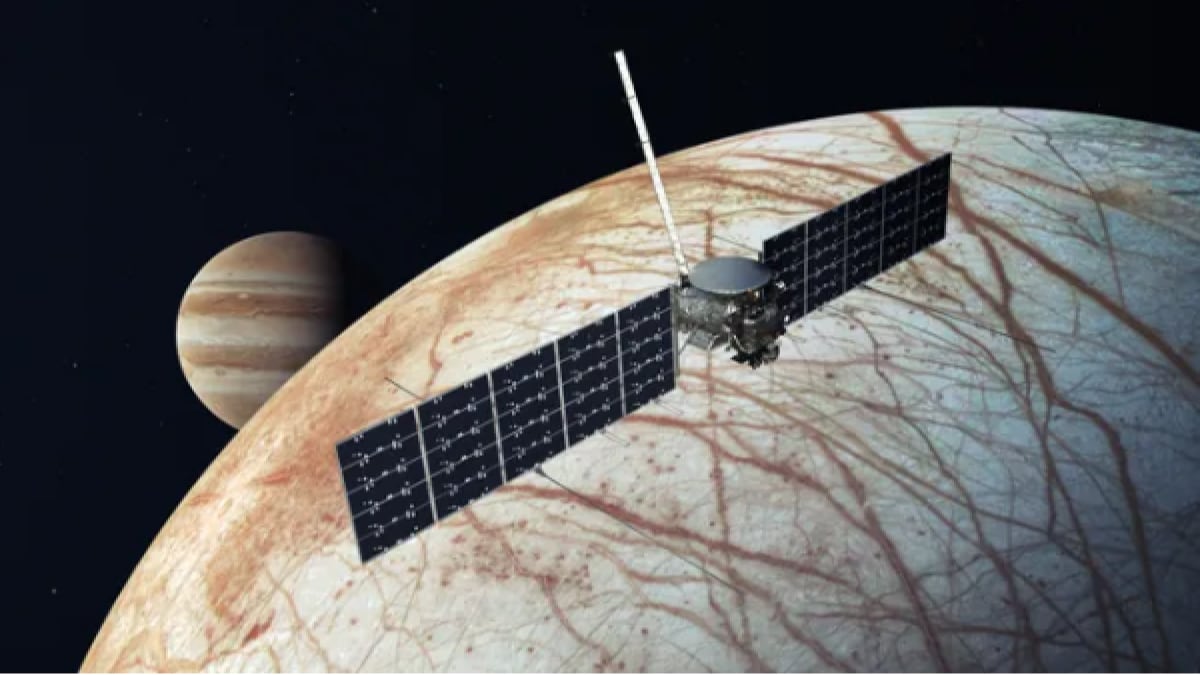
NASA‘s Europa Clipper mission is on track for its scheduled October 10 launch, aiming to explore Jupiter’s icy moon, Europa. Scientists believe Europa could be one of the most promising places to find the conditions for life beyond Earth. The spacecraft will travel 1.8 billion miles (2.9 billion kilometres) to study whether the moon’s icy surface hides a vast ocean beneath, which could harbour the right conditions for life. The mission, however, faces challenges due to intense radiation around Jupiter.
Mission preparations and potential challenges
NASA’s Europa Clipper will launch aboard a SpaceX Falcon Heavy rocket from Kennedy Space Center in Florida. Despite concerns over some defective transistors on the spacecraft, the mission remains on schedule. The spacecraft will arrive at Jupiter in April 2030 and conduct 49 flybys of Europa, gathering scientific data about the moon’s environment.
Jordan Evans, Project Manager at NASA’s Jet Propulsion Laboratory (JPL), told Space.com that intense radiation around Jupiter is a significant challenge. The spacecraft will be exposed to radiation levels equivalent to millions of chest X-rays during each flyby. The team has developed a trajectory to minimise exposure, allowing the spacecraft to complete its mission and return valuable data to Earth.
Investigating Europa’s icy shell and subsurface ocean
Europa Clipper will use its suite of scientific instruments to estimate the thickness of Europa’s icy crust and study its surface for signs of geological activity. Ann Allen, Deputy Project Scientist at the National Oceanographic and Atmospheric Administration (NOAA), explained that the spacecraft will search for organic compounds, though it will not directly search for life. Instead, it will focus on finding the ingredients that could make life possible beneath the ice.
The mission is designed to last four years and could reveal important information about Europa’s subsurface ocean, setting the stage for future exploration.

